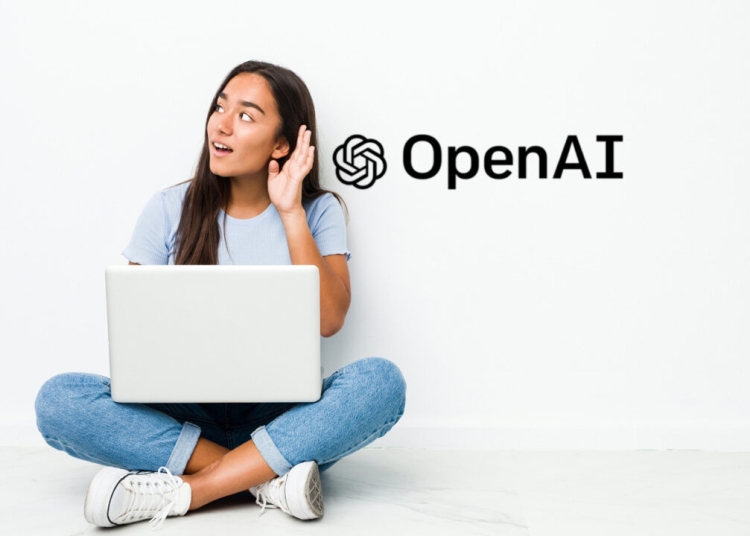ChatGPT is a state-of-the-art language model developed by OpenAI, based on the GPT-3.5 architecture. It is an artificial intelligence system designed to understand natural language and engage in conversations with human users. ChatGPT is the culmination of years of research in the field of natural language processing (NLP) and machine learning.
The technology behind ChatGPT is based on deep learning, a subset of machine learning that involves training algorithms on large amounts of data. In the case of ChatGPT, the algorithm was trained on a massive corpus of text data, consisting of billions of words and phrases from a diverse range of sources. This training process allowed the model to develop a deep understanding of natural language and the nuances of human conversation.
Key Features of ChatGPT
1. Ability to Generate a Response
One of the most impressive features of ChatGPT is its ability to generate human-like responses to a wide range of queries and prompts. Whether you’re asking for a recommendation for a restaurant or seeking advice on a personal problem, ChatGPT can provide thoughtful and insightful responses. In fact, many users have reported feeling like they are talking to a real person when using ChatGPT.
2. Ability to Learn
Another key feature of ChatGPT is its ability to learn and adapt over time. As users interact with the system, it collects data on their preferences and behaviors, allowing it to improve its responses and tailor its interactions to each individual user. This means that ChatGPT can provide increasingly accurate and personalized responses over time, making it a valuable tool for a wide range of applications.
3. Natural language understanding
ChatGPT is designed to understand and interpret natural language, including complex sentence structures and idiomatic expressions. This means that users can engage in conversations with the model as they would with another human being.
4. Contextual awareness
ChatGPT has the ability to understand the context of a conversation and respond appropriately. It can recognize previous messages in a conversation and use that information to generate more relevant and accurate responses.
5. Personalization
As users interact with ChatGPT, the model learns from their preferences and behaviors. This allows it to provide increasingly personalized responses over time, tailoring its interactions to each individual user.
6. Multilingual support
ChatGPT is capable of understanding and generating responses in multiple languages. This makes it a valuable tool for language translation and communication across language barriers.
7. Generative capabilities
ChatGPT has the ability to generate new content, such as text, images, and even music. This makes it a powerful tool for creative endeavors and content creation.
ChatGPT has already been used in a variety of contexts, from customer service and technical support to language translation and personal assistants. Its versatility and adaptability make it an ideal tool for any application that involves human interaction and communication. Of course, as with any new technology, there are also potential risks and challenges associated with ChatGPT. One concern is that the model may reinforce existing biases and stereotypes if it is trained on biased or incomplete data. There is also the risk that users may become overly reliant on ChatGPT and fail to develop their own critical thinking and problem-solving skills.
Conclusion
ChatGPT represents a significant step forward in the field of natural language processing and machine learning. Its ability to engage in human-like conversations and learn from its interactions with users makes it a valuable tool for a wide range of applications, from customer service and technical support to language translation and personal assistants. As technology continues to evolve and improve, it is likely that ChatGPT will become an increasingly important part of our daily lives.



